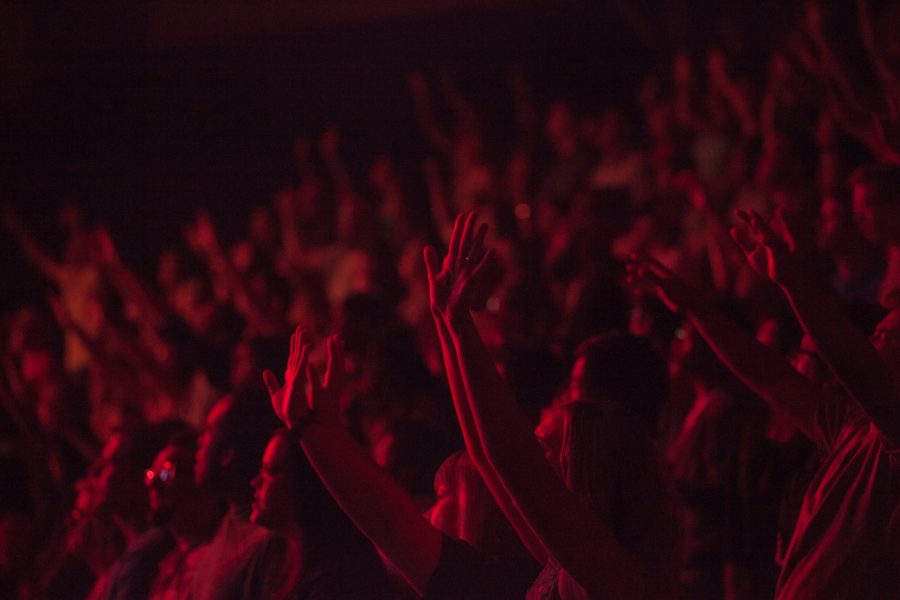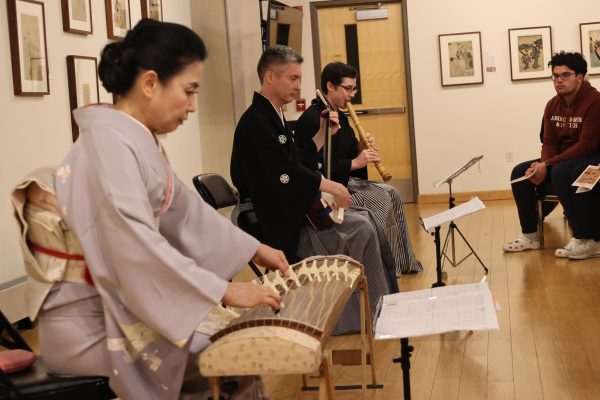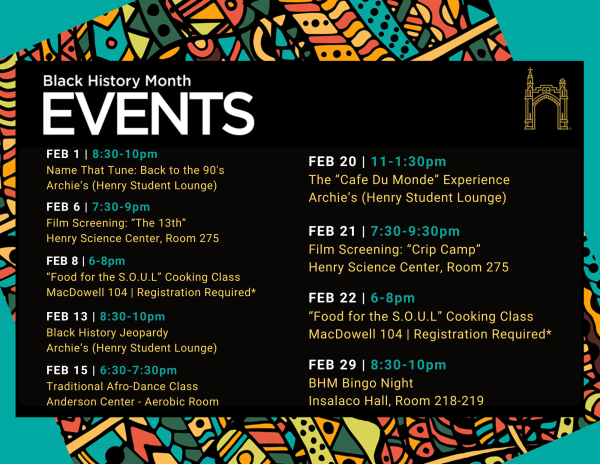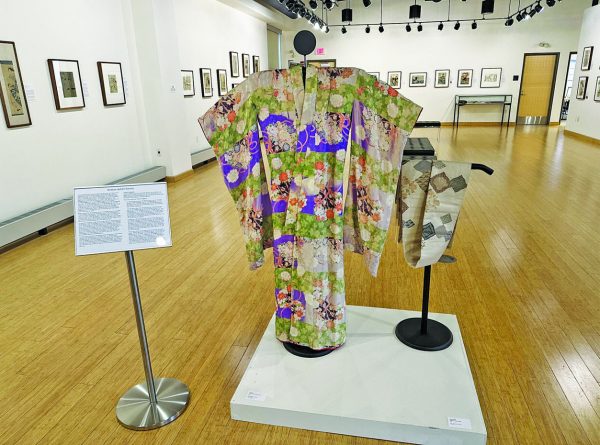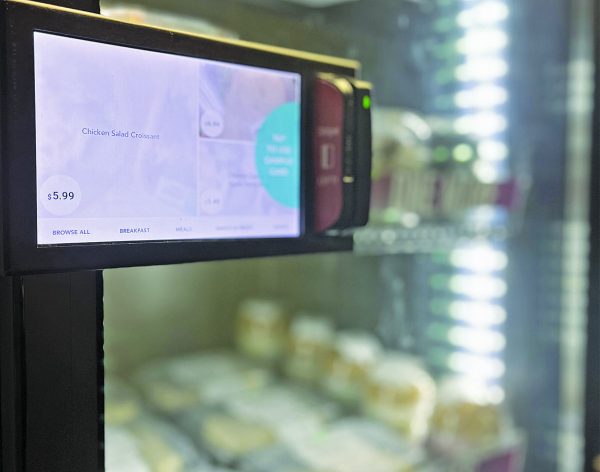Relay For Life Prepares for Big event
February 13, 2017
Relay for Life leaders have ambitious goals for the April event.
Relay for Life is the largest fundraiser on campus. The 2016 event included over 720 participants, 42 teams, one with more than 70 members, and 32 cancer survivors. It raised over $46,000 for the American Cancer Society.
Relay for Life, which began in 1985, is the American Cancer Society’s best known fundraiser to take action against cancer. Completely run by volunteers, the event has gained popularity and has been established in more than 5,200 communities and 20 countries. It has 2.5 million volunteers, survivors, patients, advocates, researchers, and caregivers involved in the organization.
The event requires team members take turns walking around a track or path, with each event lasting six to 24 hours and requiring at least one member of each team on the track at all times. This is to symbolize that “cancer never sleeps,” and that cancer patients “don’t stop because they’re tired.”
Nicole Sadler, senior government, law and national security major and relay for Life Event leader said the event benefits everyone.
“Everyone is affected by cancer in some way so this is definitely something that everyone can relate to.”
Olivia Sumeriski, junior pre-DPT major and Relay for Life Co-Chair said the 2016 event focused on spreading the word.
“We focused on holding different fundraisers throughout the year that would get the students interested and want to donate to the cause. It also helps when more people understand just exactly what Relay for Life is, because people want to know what they’re donating to,” Sumeriski said.
“We have found that it is really beneficial when people know exactly where there money is going and who it is benefiting,” said Sadler.
Kailee Crockett, junior biology, pre-DPT major and Relay for Life Co-chair said the proceeds also provide cancer survivors and their families with resources.
“The money we raise may not find a cure, but it can be used for so many other crucial parts of the journey people take fighting cancer, such as staying at Hope Lodges and paying for rides to treatment.”
Seventy-five percent of money raised goes to cancer research, patient support, education and treatment, according to the American Cancer Society. The remaining 25% goes towards management, general expenses and fundraising expenses.
Sadler said volunteer involvement is crucial.
“We try to spread the word of how fun it is, and we also release our lap list around spring break so everyone can see what we’ll be doing and so that they can bring things back from home to participate,” said Sadler.
“The fact that Relay for Life is extremely exciting and has a very good vibe to it is one of the main ways to get people, especially students, interested in coming to and donating to the event,” added Sumeriski.
Sumeriski said that while is essential to have fun, participants do not lose their focus.
“We really work hard to have a fun lap list as well as different activities throughout the night, while still remembering the reasons why we are there.”
Relay for Life is not the only way to get involved in helping with cancer awareness and research on campus.
The first Bark for Life was held Nov. 2016 was well received by both students and the surrounding community members, who brought about 20 dogs and family members to the campus.
Crockett said Bark for Life helps include the smallest volunteer in the fight.
“Tt brings attention to the very important canine companions that support their owners fighting the cancer battle,” Crockett said.
Sumeriski said the event was successful, especially for the community. “We really focused on getting the community involved, because that is an area we typically cannot target as much and because they’re the ones with the dogs! It really did get community members, as well as family involved, and was a fun event to spread awareness which is our main goal.”
Sadler said Bark for Life attracted many people who might not otherwise get involved.
“Bark for Life definitely brought in a different crowd of people and we are hoping that those people will come back for our Relay for Life.”
Other Relay for Life events included a Breast Cancer Awareness Bake Sale in October, which raised $150, and the Paint Your Campus Purple Week from Feb. 6 to 10, which held multiple fundraisers in the Banks Student Center each day.
“Fundraising isn’t everything we do, but everything we do depends on it,” Sumeriski said.
Crockett said the smaller fundraisers throughout the year are focused on educating people about Relay and why they people should get involved.
“Most people in some way have been affected by cancer, some more closely than others. Talking about the personal reason why we relay helps to remind people about how important fundraising and donating is.”
Sadler said coordinators tried to be educational in their appeals throughout last year’s fundraiser.
“A little before 3 a.m., we revealed our total amount raised and also gave examples of how many rides to recovery that would provide, or how many Hope Lodge stays it would provide to cancer patients and their caregivers.”
Crockett acknowledges that Relay for Life is an especially important event and that once people go, “they understand how great it is for our university to come together and celebrate and remember our loved ones, and they want to be a part of participating in Relay for Life.”
The Relay for Life 2017 event will be held April 21 at 7 p.m. until 3 a.m in the Anderson Sports and Health Center. Many groups have already formed, including men’s soccer team, the National Student Speech Language Hearing Association and the cheerleaders.

